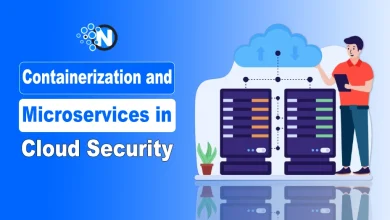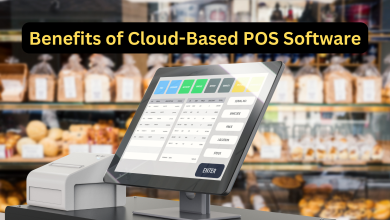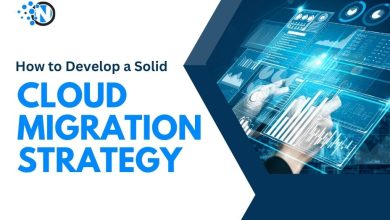The Future of Cloud Computing and Automation in the Workplace
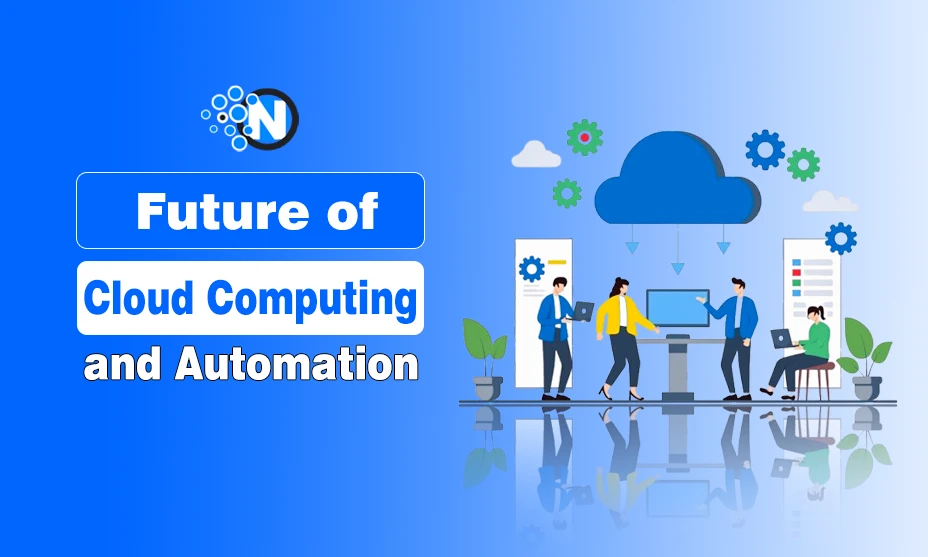
Gartner published a survey in 2021 predicting that 85% of organizations will adopt a cloud-first principle by 2025 worldwide. In other words, the cloud will become the centrepiece of new digital experiences.
It’ll make sure that all startups have access to quality computing services – servers, databases, and whatnot – on the go!
So, where’s this trend headed? What is the future of cloud computing & automation?
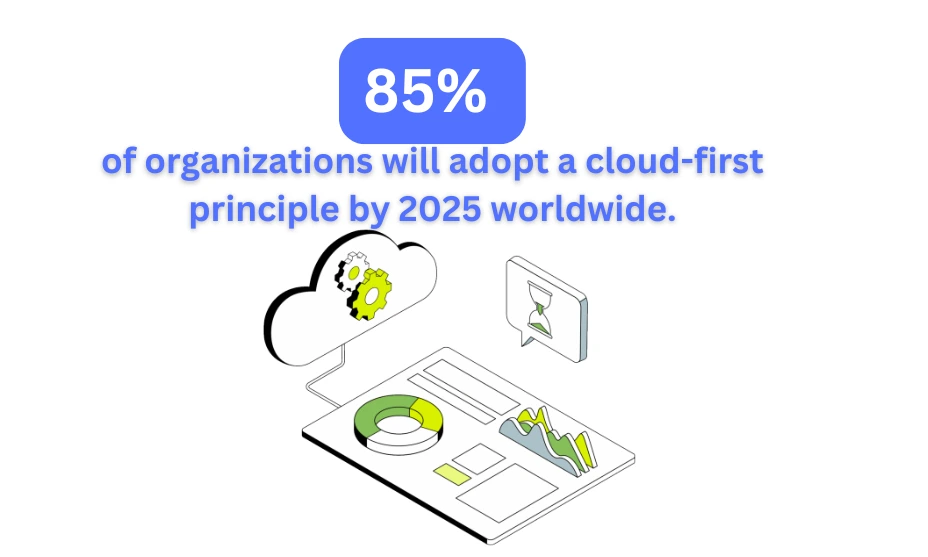
A case study in this regard comes from Netflix, which learned to scale its resources up or down based on real-time demand via cloud computing & automation.
Here’s how the cloud electrified Netflix’s services:
- Made it easier to acquire additional servers to handle increased traffic during peak times
- Store/distribute content closer to users’ geographic locations for better streaming quality (AWS)
- Optimized video delivery by cashing content as local ISPs for streamlined content distribution (via a CDN called Open Connect)
- Automated software development via CI/CD (continuous integration and continuous deployment) to release new features rapidly
- Chaos engineering principles to introduce failures into the system deliberately to test the security measures (using tools like Chaos Monkey)
Netflix is just one example; with so many companies investing in this technology, the cloud computing market size will exceed a trillion USD by 2028!
So, this blog will explore the key trends redefining the future of the cloud. Keep reading to find out which new automation trends are changing the business world!
What’s the Future of Cloud Computing and Automation? 8 Key Trends
A study says that around 60% of corporate data is stored in the cloud. This simple stat shows how far the influence of cloud computing and automation is in the workplace.

As the benefits of cloud computing for small businesses are many, the following trends are a testament to the pervasive impact of these technologies on the corporate sector:
1. Robotic Process Automation
Companies are adopting RPA widely to automate rule-based tasks across different departments. In simple words, RPA uses bots to perform mundane, time-consuming tasks that used to require human intervention before, such as payroll management or invoice processing. Thanks to RPA, companies are slowly:
- Reducing operational costs
- Enhancing workforce productivity
- Improving target completion accuracy
We can safely say that robotic process automation defines the future of cloud computing in the 2020s.
2. Workflow Automation
Cloud-based workflow automation tools are streamlining business operations in many workplaces. Using these tools, employees can automate several repetitive tasks, such as:
- Data entry
- Document approval
- Project management
As a result, workers have more time to focus on strategic initiatives that require creative, out-of-the-box thinking. This shift in employee functionality has minimized human errors in workplaces while making the workforce more productive. It leads to faster project completion times as well.
3. AI and ML
Artificial intelligence (AI) and machine learning (ML) integration into cloud computing is already changing workplace automation for goods. AI and ML lead to informed decision-making. These technologies can analyze large datasets and predict trends more efficiently.
For instance, organizations can use AI-powered chatbots to handle customer inquiries. This frees up human agents to focus on solving technical problems. So, chatbots will gain traction as a trend.
4. Cloud-based Automation
Cloud-based platforms have grown quite popular in workplaces recently. They make automation accessible to businesses of all shapes/sizes. With these platforms, organizations don’t need to spend money on costly IT infrastructure for workplace automation. Instead, small businesses can benefit from this flexibility since they can implement automation solutions to scale their growth without incurring high upfront costs.
5. LCNC Development
Another trend that’s revolutionized business productivity is the trend of LCNC development or low-code & no-code development. LCNC platforms allow non-technical users with limited coding expertise to create mobile applications for efficient workplace automation.
These platforms are empowering workers who come from a non-CS background to craft tailored solutions for their employers’ specific needs without relying too much on IT departments. For instance, faulty cloud configurations can make automation 12x costlier. So, the non-technical staff can rely on LCNC platforms to choose the best cloud configuration for their systems and cut down on the cost of faulty integrations.
6. Data Analytics Automation
Organizations are also automating data analytics processes to extract valuable business insights quickly and accurately from raw data. Cloud-based analytics tools let IT experts and marketers easily gather, process, evaluate, segment, and present data from different sources in real time. This practice will become easily accessible to small-sized businesses as cloud computing grows popular.
7. IoT Device Integration
Organizations are also integrating IoT (Internet of Things) into workplace automation strategies.
This practice helps them gather real-time data from connected devices for better decision-making, a trend that’s gaining traction since the pandemic. For instance, smart sensors monitor equipment performance data or track inventory levels in a warehouse automatically.
Then, organizations can analyze this data in the cloud for business operation optimization. As a result, IoT integration helps reduce downtime and improve efficiency organization-wide.
8. Hyper-Automation
Lastly, many organizations are adopting hyper-automation strategies in which they combine different tech solutions – such as AI, RPA, ML, IoT, etc. – into a single cohesive framework. With this approach, business owners can easily automate workflows across various departments with:
- Accelerated efficiency
- Operational agility
- Rapid scalability
What does the future have in store for cloud computing?
In light of all these trends revolutionizing the area of cloud computing and automation, this is where these technologies are heading in the future:
- AI & ML Integration: More businesses will rely on AI-driven insights for operational optimization, market trend prediction, customer experience personalization, and much more.
- Edge Computing Expansion: Edge computing will encourage organizations to process data much closer to users to reduce latency & efficient data management.
- Serverless Computing: More businesses will adopt this app development mode to avoid the high costs of managing server infrastructure and deploying code quickly.
- Enhanced Security Measures: Since 8 in 10 organizations are concerned about cloud security, the next big trend in cloud computing could be about better cybersecurity measures. It may come in the form of:
- Zero-trust architectures Advanced encryption techniques
- AI-driven threat detection systems
Final Words
In simple words, AI & ML, hyper-automation, IoT device integration, and LCNC development are changing workplaces by making workers more productive. These trends have revolutionized cloud computing while setting the tone for where workplace automation is headed. In the future, cloud automation will let small businesses and infant startups harness the power of data analytics for improved decision-making.

